The lost art of English joinery: 'Without it, even the grandest room will be nothing more than a box'
In the revival of interest in English country houses, beautifully designed joinery is often overlooked. Bruce Hodgson, founder of Artichoke, explains how door casements, shutters, panelling, skirtings, architraves, cornicing and dados can transform a space.
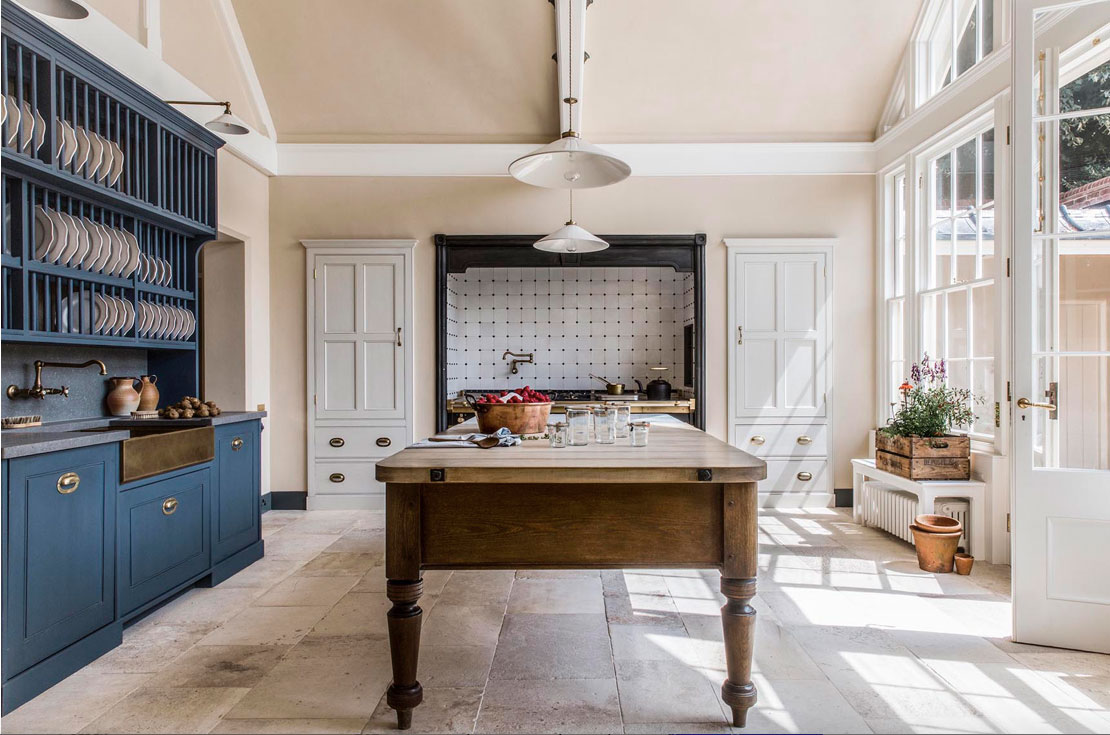
What are the aesthetic benefits of beautiful joinery?
Without it, even the grandest room will be nothing more than a box. Beautifully crafted and conceived joinery can add drama to an interior, employing light and shade to lend depth, as well as framing openings and significant features. It can also play a vital role manipulating proportions.
And the practical benefit?
Architectural joinery is often used to cover joints between plasterwork and timber, as well as to protect the fabric of a building from everyday use. Skirting, for example, forms a bridge between the floor and a dado rail — or chair rail — protects the plaster from wear and tear. Panelling also creates extremely effective insulation. In rooms such as kitchens, libraries, boot rooms, gun rooms and sculleries, joinery has a transformative effect, not just on a room, but also on the daily lives of the owners.
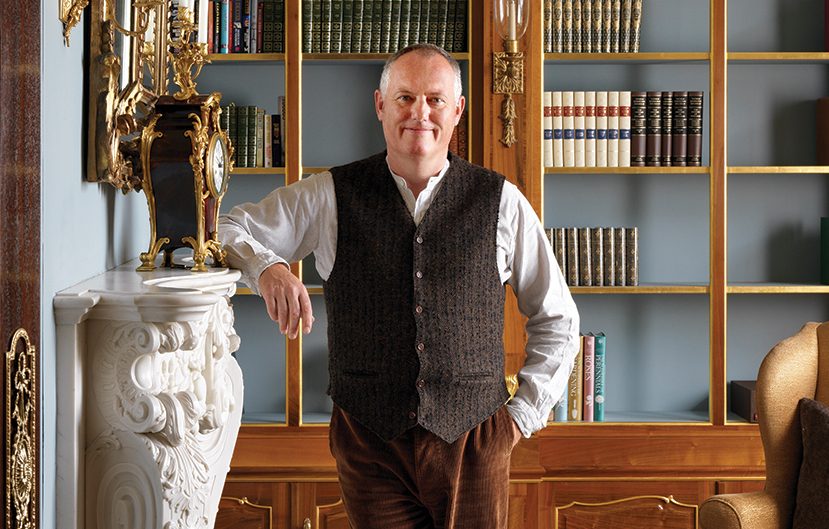
What is the role of architectural joinery in the classic English country house?
For centuries, crafted timber has offered an opportunity to express the owner’s wealth, style and sophistication. In the 1700s, travellers would return from a grand tour with records of classical styles. London was, from Roman times, a very influential place — a melting pot of different disciplines, crafts and design ideas from around the world.
The purest interpretation of the classical styles of Georgian detailing, for example, are therefore more likely to be found in an abode in Mayfair than in a country house. However, a wealthy squire may have been inspired by a fashionable London style and returned to his seat with pattern books and sketches. These would then be interpreted by the local joiner, resulting often in a loose interpretation of the original pattern.
Which are your favourite examples?
Each generation leaves its mark. It’s common to find a Georgian house with perhaps a Victorian extension, with further modifications carried out in the Edwardian era. Houses evolve and their charm derives from the resulting mish mash of confused detail.
A favourite example of this is Folly Farm in Sulhamstead, Berkshire. Originally a pre-Tudor, timber-framed manor house, Sir Edwin Lutyens was commissioned in 1895 to build a classical extension, using brick and flint in the neo-Classical style. The architectural joinery is fascinating — for example, in the entrance hall, Lutyens pulled off an unusual blend of Rococo and chinoiserie mouldings.

In 1910, Folly Farm was sold to a new owner, who invited Lutyens back, commissioning a new wing to demonstrate a more contemporary Arts-and-Crafts form that was popular at the time. This part of the house expresses Lutyens’s interest in the use of granite, stone and oak, reminiscent of Elizabethan style, but with an Arts-and-Crafts interpretation.
Artichoke was commissioned to create a family kitchen, along with some other rooms. For the kitchen, our designs were based on Lutyens’s original domestic furniture, along with an Arts-and-Crafts island with a modern take. It was an honour to be invited to contribute to such an architecturally important house.
How was the tradition of great English joinery lost?
With urbanisation and the rapid rise in the population, the need for housing built in a fast and affordable way has contributed to a reduced interest in architectural joinery. Because mass manufacturers are motivated by profit, they design mouldings that only require a single pass through a machine.
The result is that mouldings have become simplified, homogenised interpretations of the originals. With the increasing influence of modernism, there has been a greater emphasis on engineering and technology, leaving less opportunity to educate architects in the language of classical architecture and design.
Which of your own projects best demonstrate the possibilities of painstakingly made joinery?
In every commission we undertake, our ambition is to create Britain’s future heritage by designing and making fitted furniture and cabinets that will be admired and enjoyed by future generations. I’m particularly proud of a striking project we’re working on now, where we’ve brought a little bit of 18th century Paris to a Jacobean manor house in Staffordshire. We have designed mouldings for a boudoir and dressing room that reference Louis XVI mouldings (very different to English mouldings at the time) and introduced them into the panelling.
To find out more about Artichoke visit www.artichoke.co.uk or telephone 01934 745270.
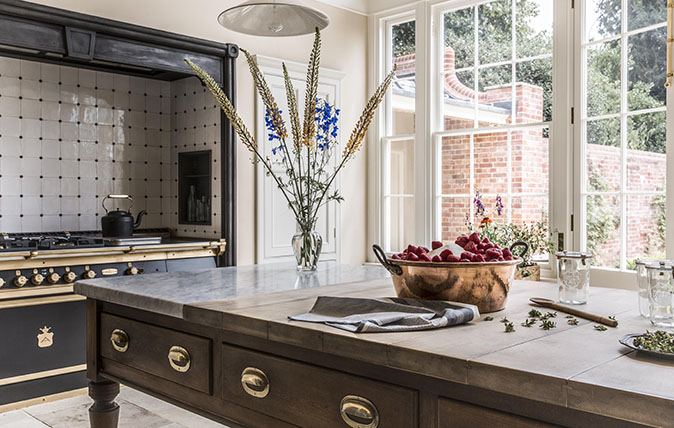
Credit: Butson
A stunning country kitchen, which draws inspiration from the late Victorian kitchen at Lanhydrock, Cornwall
The kitchen of Lanhydrock House in Cornwall provided the inspiration for a stunning new kitchen, designed by Bruce Hodgson of
Sign up for the Country Life Newsletter
Exquisite houses, the beauty of Nature, and how to get the most from your life, straight to your inbox.
-
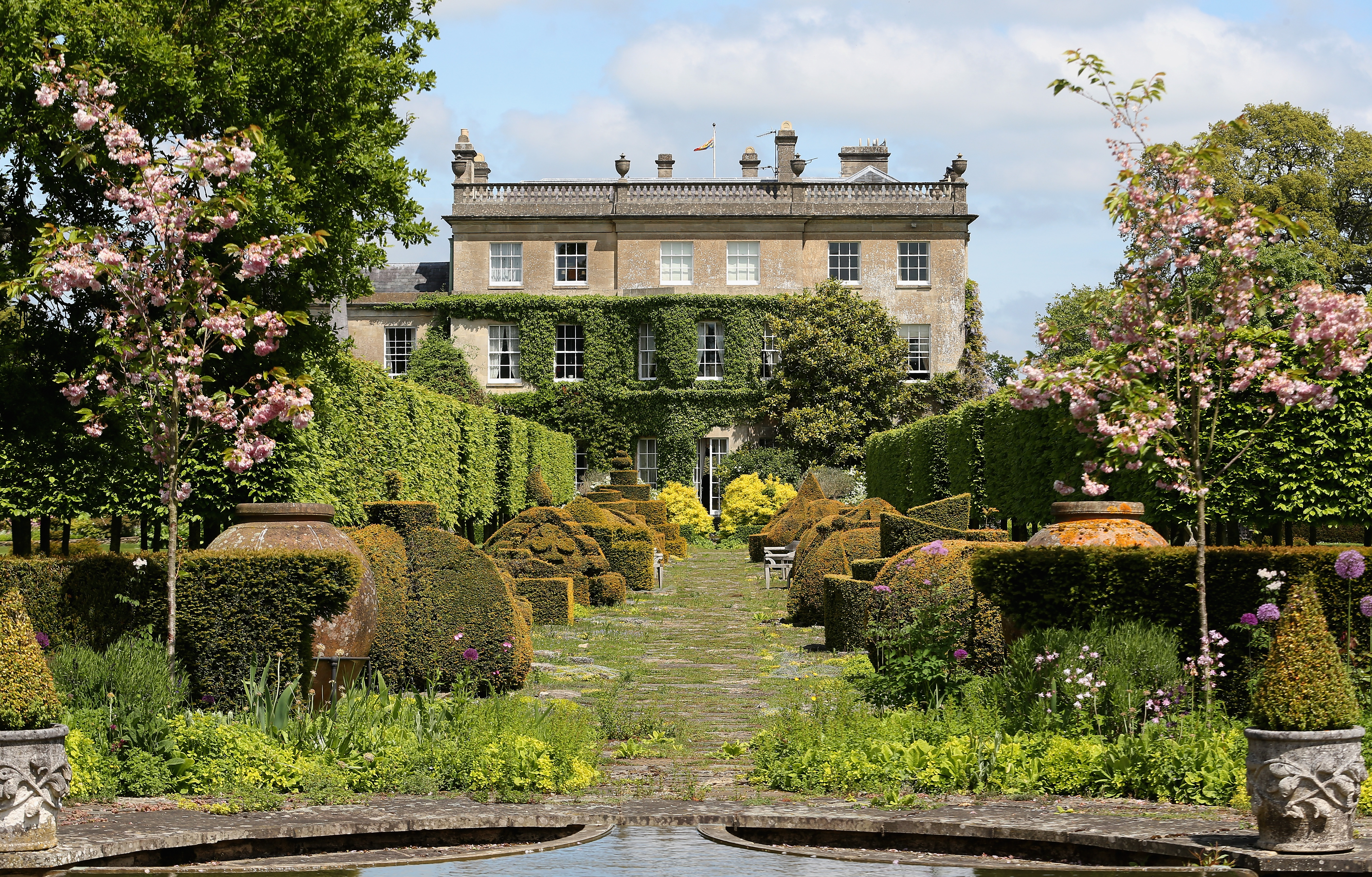 Sanderson's new collection is inspired by The King's pride and joy — his Gloucestershire garden
Sanderson's new collection is inspired by The King's pride and joy — his Gloucestershire gardenDesigners from Sanderson have immersed themselves in The King's garden at Highgrove to create a new collection of fabric and wallpaper which celebrates his long-standing dedication to Nature and biodiversity.
By Arabella Youens
-
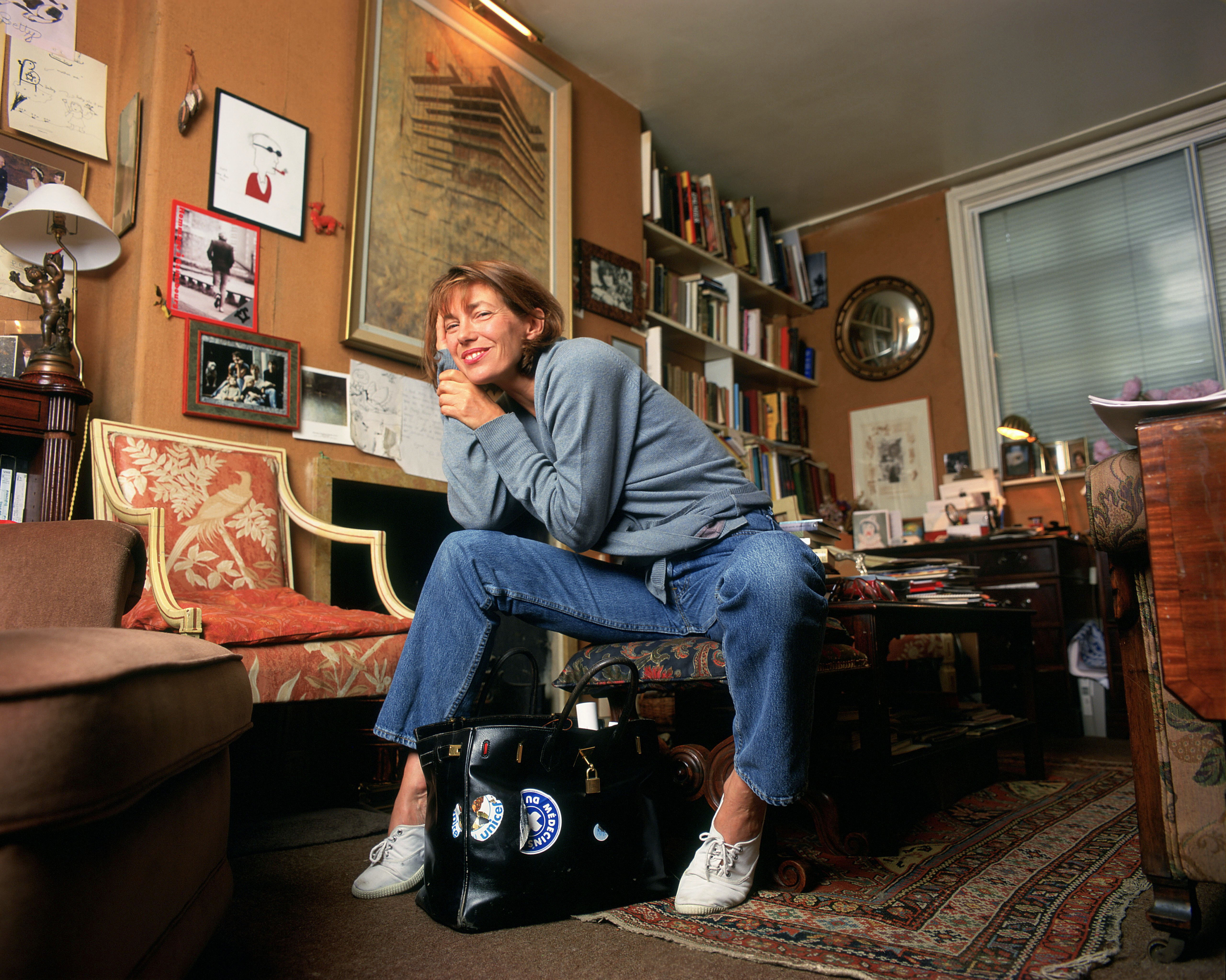 The coveted Hermès Birkin bag is a safer investment than gold — and several rare editions are being auctioned off by Christie’s
The coveted Hermès Birkin bag is a safer investment than gold — and several rare editions are being auctioned off by Christie’sThere are only 200,000 Birkin bags in circulation which has helped push prices of second-hand ones up.
By Lotte Brundle
-
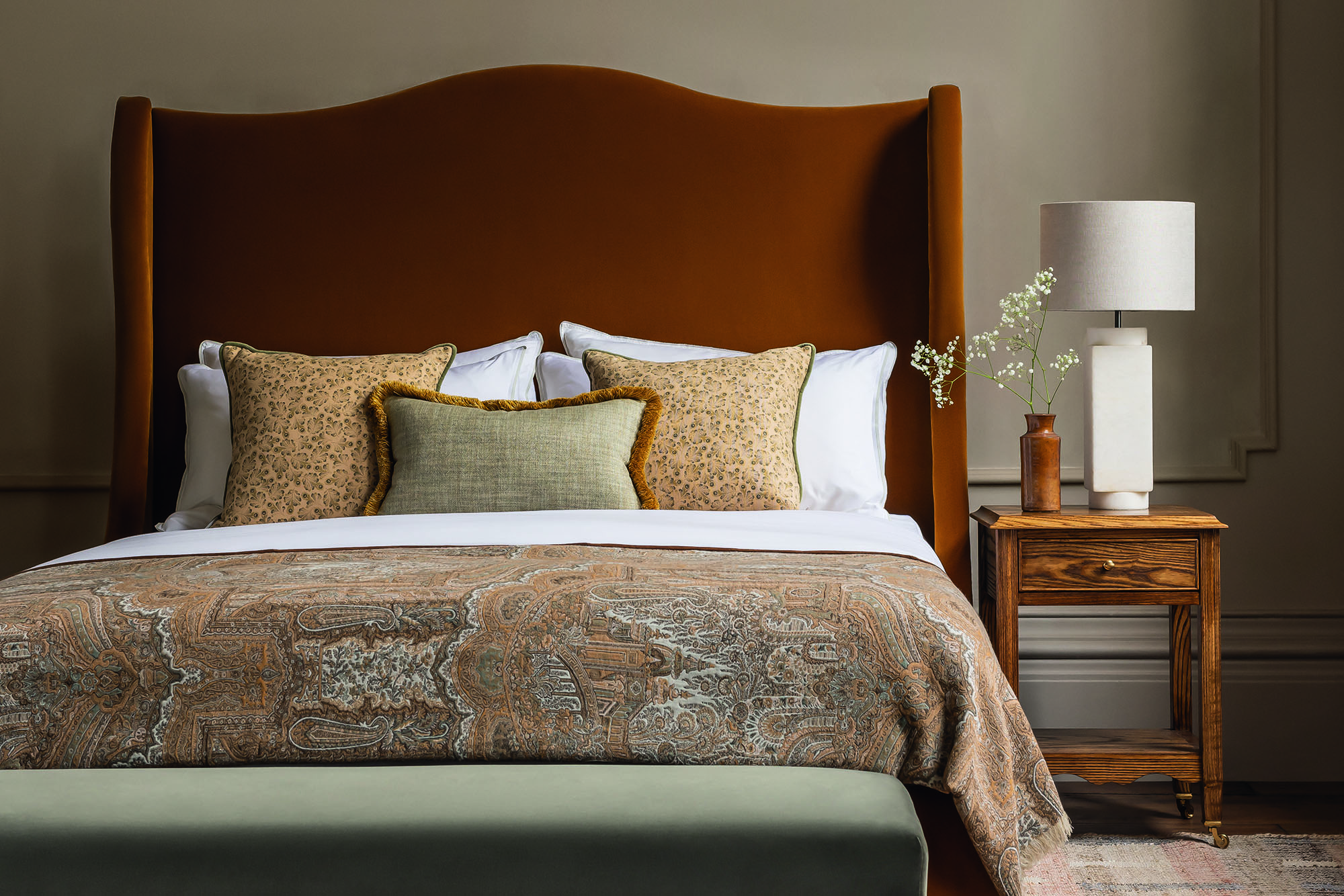 Reader Event: Designing spaces that feel like home
Reader Event: Designing spaces that feel like homeOn Wednesday, March 26, interior-design studio Sims Hilditch and George Smith, makers of luxury, handcrafted upholstered furniture, will mark the launch of new furniture designs for bedrooms in an event chaired by Country Life.
By Country Life
-
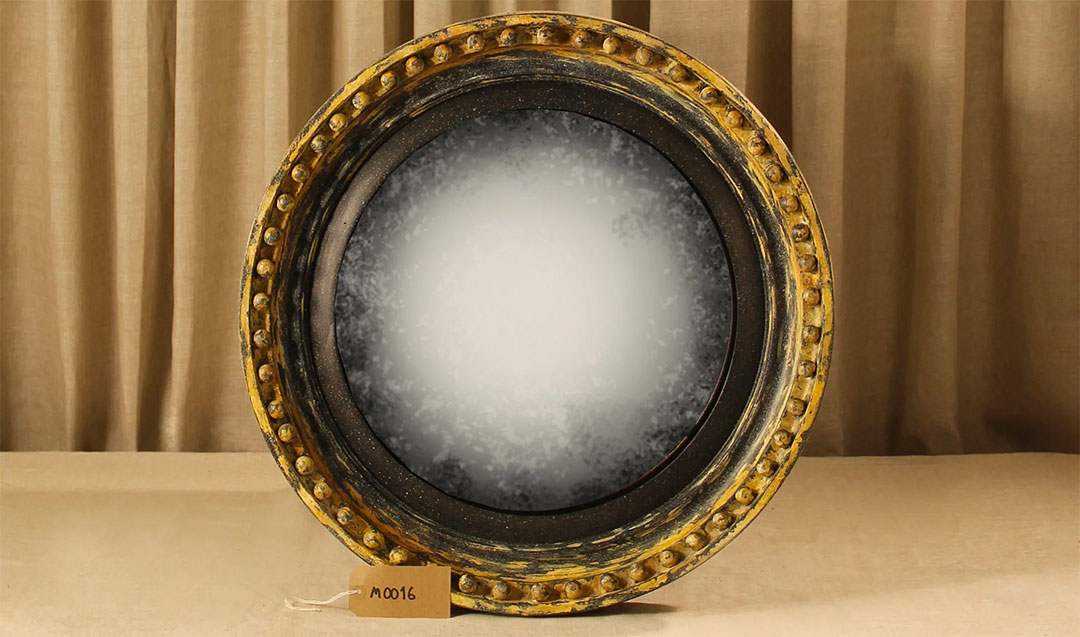 Porta Romana distinctive lighting and furniture archive sale
Porta Romana distinctive lighting and furniture archive saleThe inspirational brand Porta Romana launch their highly anticipated archive sale, offering a unique opportunity to purchase selected designs online with discounts of up to 70%.
By Porta Romana
-
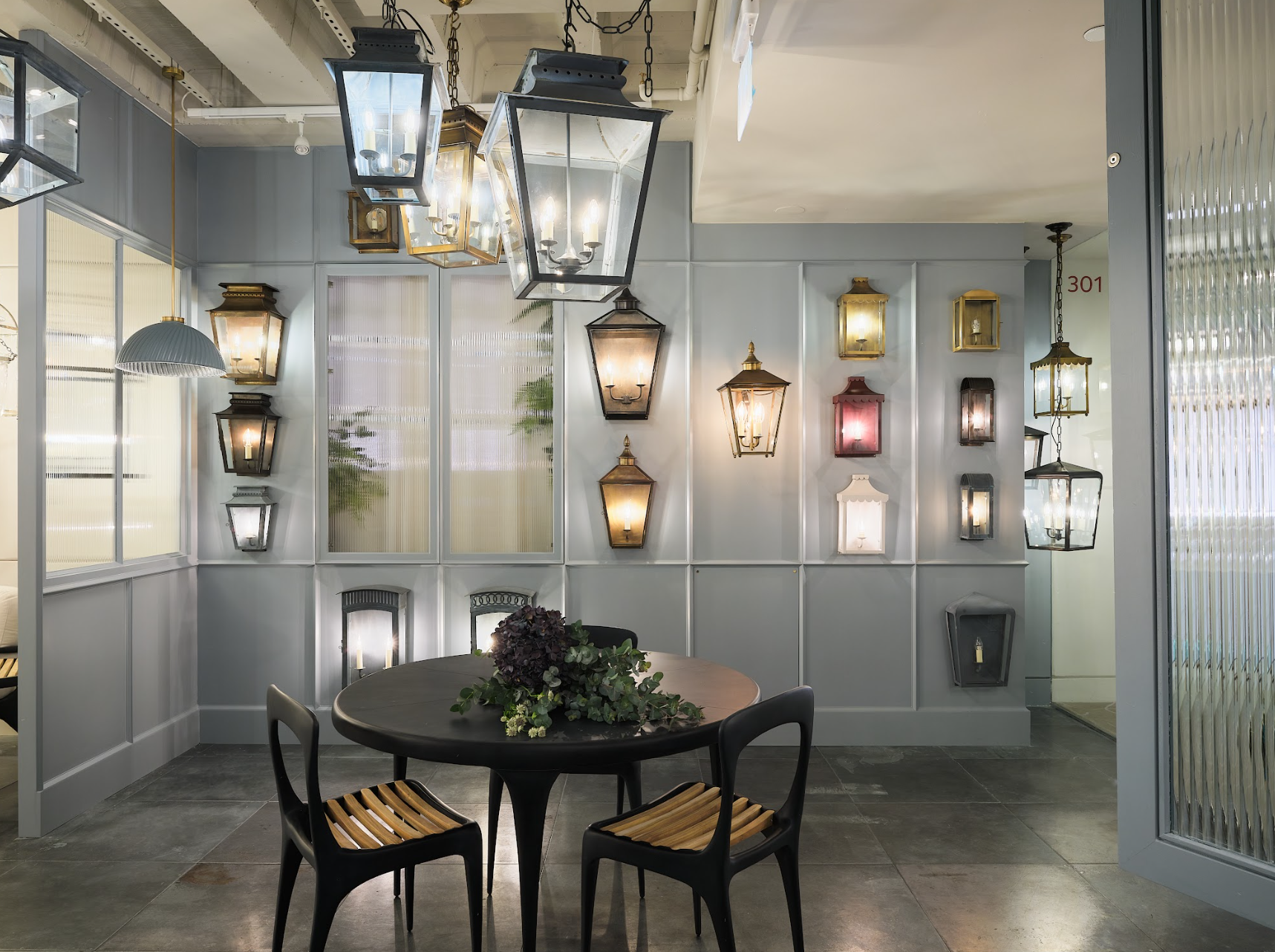 Reader event: Making light work
Reader event: Making light workThe secret to any successful interior is an artful balance of decorative and architectural lighting that is not only useful, but also beautiful. Next month, there’s a chance to join Country Life at Hector Finch’s new London showroom to hear three leading designers share the secret of getting it right.
By Country Life
-
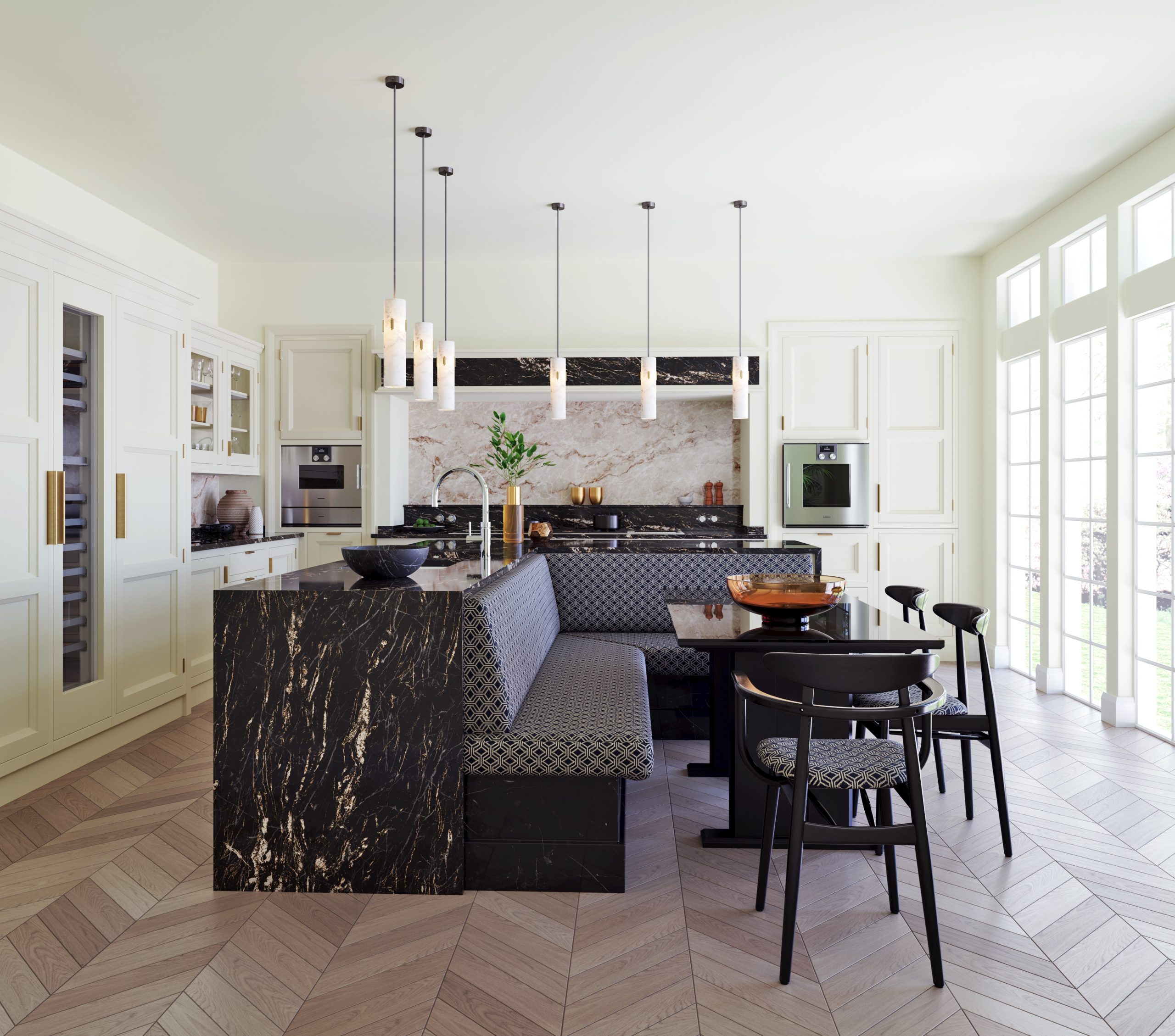 Redefining the luxury kitchen: Reader event with Martin Moore and Henry Prideaux
Redefining the luxury kitchen: Reader event with Martin Moore and Henry PrideauxOn June 13, Country Life will offer readers an exclusive opportunity to explore an exciting collaboration between Martin Moore, a leader in luxury British kitchens, and the innovative designer Henry Prideaux, in an after-hours event at this year’s unmissable WOW!house.
By Martin Moore
-
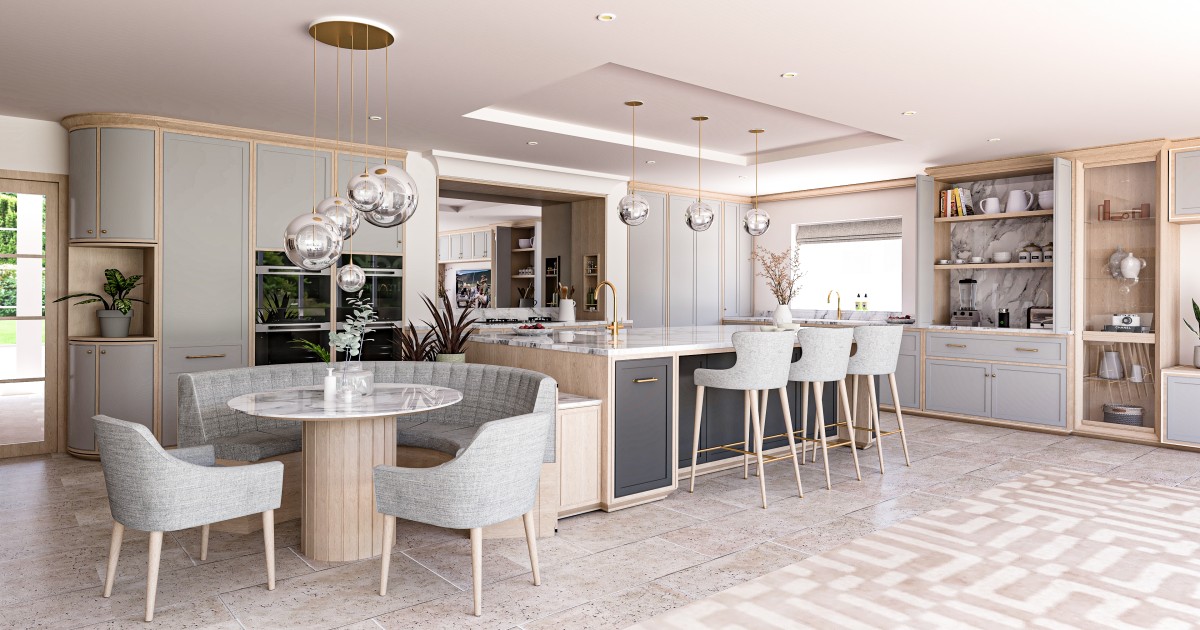 Country Life readers' event: Furniture with a future
Country Life readers' event: Furniture with a futureJoin Country Life on October 13 to discover the secret of ground-breaking designs that will stand the test of time at Modern British Kitchens.
By Modern British Kitchens
-
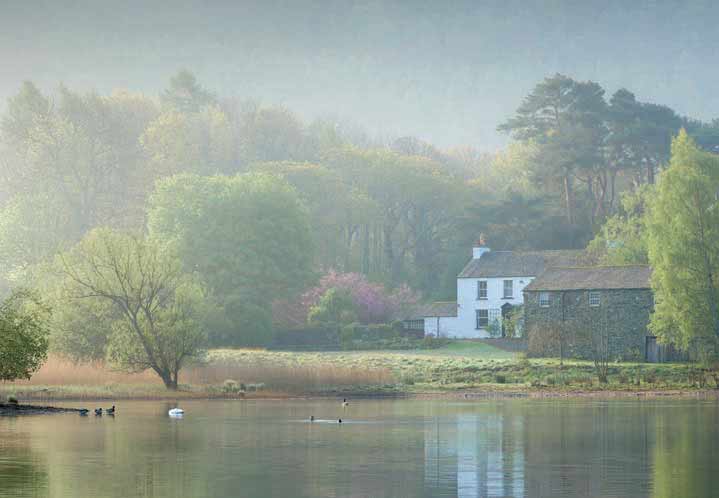 Janine Stone's Jeremy Spencer on getting light right
Janine Stone's Jeremy Spencer on getting light rightThe interplay of natural light, space and position can have a huge bearing on the success of a house. Jeremy Spencer of Janine Stone, tells Country Life’s Executive Editor, Giles Kime, why careful design, exhaustive planning and wide experience are key to making light work.
By Janine Stone
-
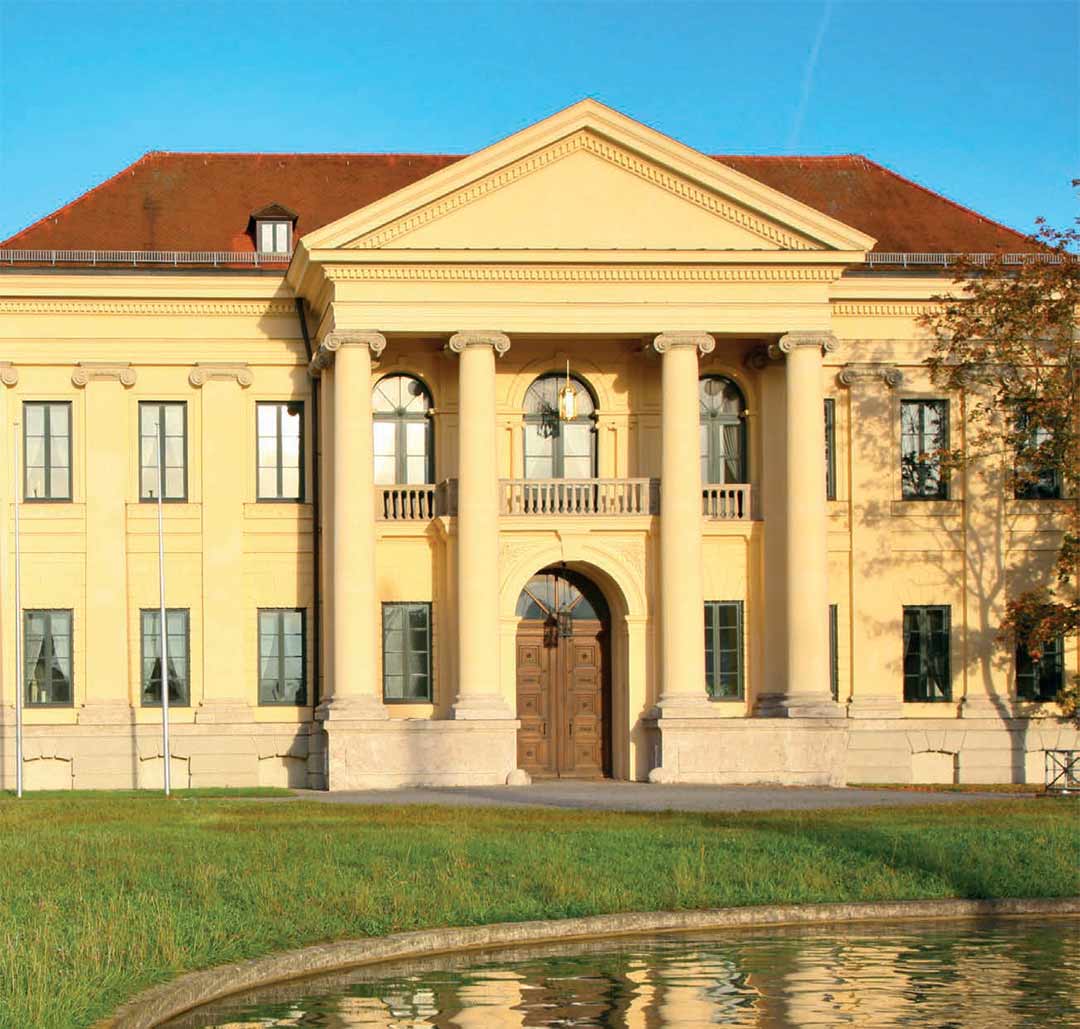 Janine Stone's Jeremy Spencer on how houses need not just blend into their settings, but can actively enhance them
Janine Stone's Jeremy Spencer on how houses need not just blend into their settings, but can actively enhance themWhen creating a new country house, there are plenty of inspiring examples of how it can sit seamlessly into its setting. Country Life’s Executive Editor Giles Kime talks to Jeremy Spencer of Janine Stone about the inspiration he finds in the position and character of a site.
By Janine Stone
-
 Why craft makes you happy, with Giles Kime, Ben Pentreath and Ben Johnson
Why craft makes you happy, with Giles Kime, Ben Pentreath and Ben JohnsonCountry Life's Giles Kime heads to the new Chelsea Barracks development at the start of London Craft Week, to speak to Ben Pentreath and Ben Johnson of Albion Nord about what craft brings to our lives.
By Chelsea Barracks
